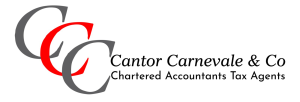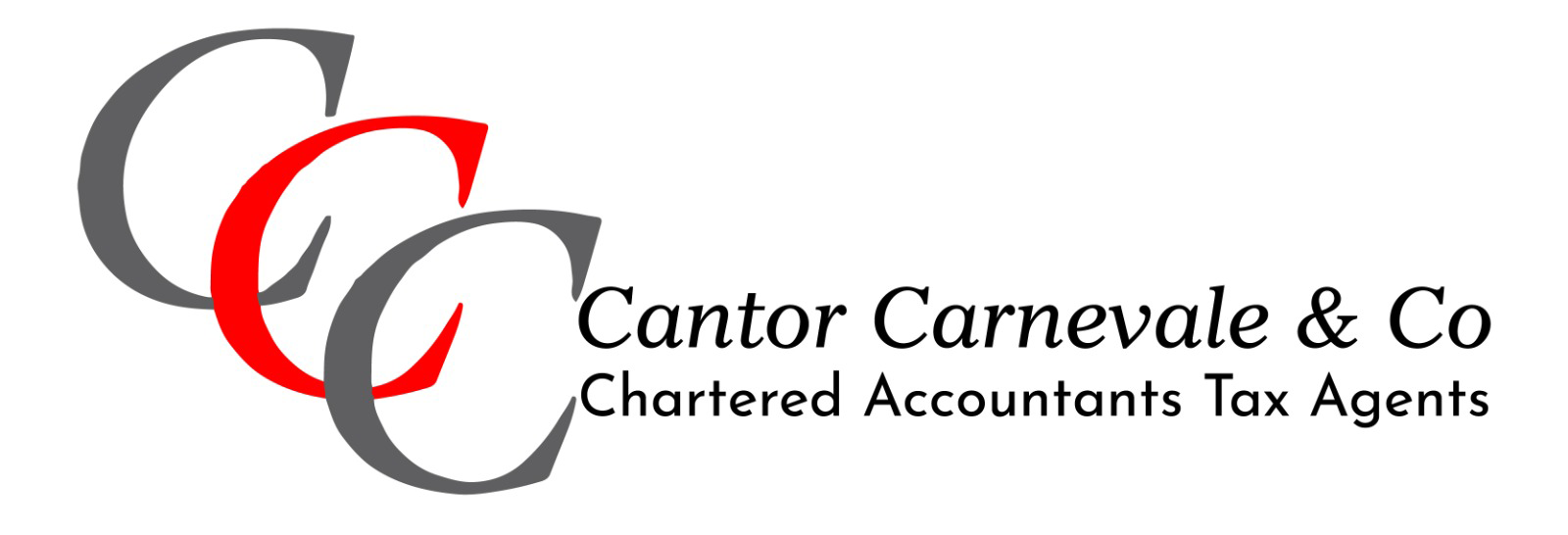IN THIS ISSUE
The carbon tax has passed the House of Representatives the Senate. This means that unless and until the legislation is repealed down the track, the carbon tax is here to stay and will come into effect from 1 July 2012. As such, it is important for you to understand how it affects your business.
Only around 500 businesses will be required to pay for their pollution under the carbon pricing mechanism. This number is not expected to change dramatically either during the fixed price period or once the “tax” becomes an emissions trading scheme down the track.
If you are unsure of whether your business will be subject to a requirement to buy permits in order to conduct your business you should consult with your tax adviser who will be able to assist you in working through your requirements.
The part of the package that is more likely to affect your business is the range of compensation measures that are being introduced as part of the carbon tax package.
For business, the most significant of these changes is the government’s announcement that the small business instant asset write-off threshold will be increased from $1,000 to $6,500 for depreciable assets from the 2012-13 income year.
The government is of the view that this measure will boost cash flow and help small businesses to grow and invest in assets.
While the measure is intended to boost investment in clean energy or energy efficient alternatives, businesses that are in a position to increase their investment in depreciable assets in any area of the business may be eligible to take advantage of this extended concession, and should therefore plan their acquisitions carefully and with the assistance of their tax adviser.
Note!The carbon tax has passed the House of Representatives and looks set to become the law of the land.
In addition to the carbon tax, a range of compensation measures were included in this package. Your business may be able to benefit from these measures.
You should consult your tax adviser to plan for these changes in advance and get the details you need.
The GST financial supply laws have always been difficult to apply.
In addition, the financial acquisitions threshold has historically been so low so as to deny input tax credits in respect of acquisitions that relate to financial supplies even for businesses for whom financial supplies constitute only a small percentage of their total business.
In recognition of the administrative burden imposed by these rules, the Government will, with effect from 1 July 2012 amend the GST financial supply laws to reduce compliance and administrative costs.
Specifically the law will be amended to:
Increase the financial acquisitions threshold input tax credit test from $50,000 to $150,000.
This will effectively triple the value of acquisitions (related to the making of financial supplies) that you can make before your input tax credits in respect of the GST on those acquisitions are considered not to be for a creditable purpose.
The measure is intended to simplify the GST treatment of financial supplies for a range of small businesses that do not make significant supplies of this nature.
Allow small businesses that account on a cash basis to access full input tax credits upfront when they enter into hire purchase arrangements.
At the moment these input tax credits are required to be apportioned over the life of the agreement.
Exclude bank deposit accounts from the current special rules for borrowings.
If you are unsure of how these changes will affect your GST compliance systems, you should consult with your tax advisor before the changes come into effect so that you can adequately plan for the changes and update your systems as necessary.
Note!The GST financial supply laws are set to get simpler as of 1 July 2012. You should consult your tax adviser to determine the effect of these changes on your GST compliance systems and undertake any necessary planning ahead of time.
In September 2011, the High Court handed down its judgment in the appeal from Roy Morgan Research Pty Ltd v FCT [2010] FCAFC 52.
While this case was famously reported in the press as affirming the constitutional validity of the Superannuation Guarantee Charge (SGC), it has also raised a separate issue that is much more immediate for businesses – many businesses still remain confused as to the circumstances in which the business is liable to pay SGC (especially in respect of contracts for labour).
As the liability to pay SGC lies with the employer, even where the employer and individual are mutually of the view that the relationship is a contractual agreement as a result of which the individual (and not the employer) is liable to make super contributions, the liability of the employer to pay SGC is not extinguished.
This means that employers may be required to make payments of SGC outside the contractual arrangement with the individual where the nature of the relationship differs (for legal purposes) from that considered to be the case by both parties.
Should such a situation arise, the employer will be liable to pay not just the SGC, but also interest and administration charges. In addition, SGC is not deductible and there is no legislative “cut-off” date for the liability to SGC.
While the ATO has noted in a practice statement that they will typically not seek to impose liability back further than five years, this practice statement does not represent a guarantee of any sort to employers caught in this situation.
Adding further fuel to this fire, legislative amendments in a Bill currently before Parliament seek to extend the Director Penalty Regime to unpaid Superannuation Guarantee Charge, so that directors will be personally liable for this payment.
As such, the potential pitfalls of an incorrect assumption in relation to your liability to make super contributions may be significant.
Note!If you are uncertain of whether you are required to make super contributions in respect of certain individuals, you should seek advice from your tax adviser to undertake a full review, and to ascertain your obligations.
The potential pitfalls of an incorrect classification may be significant!
This month the ATO released its final tax determination on the capital gains tax, employee share scheme and share buy-back consequences of dealing in shares in companies that are incorporated professional practices.
These determinations will affect any business that is or is going to be carried on in a company structure and provides professional services (for example medical practices, law firms or accounting firms).
By way of background, many practices of this nature were previously prevented from operating in an incorporated structure. As a result, many such practices were instead run through a partnership structure.
In order to prevent the crystallisation of capital gains and losses on the introduction or exit of partners in large practices (which would have caused significant compliance and cash flow difficulties), the Commissioner issued IT 2540 in 1989.
Broadly, this IT applied to certain partnerships that permitted the introduction of partners for nil (or nominal) consideration and permitted no capital proceeds to be paid to a retiring partner. In the IT, the ATO sets out the manner in which the Office will seek to tax such transactions.
This treatment is as follows: the ATO will treat the partnership as having no goodwill (for capital gains tax purposes). This means that when partners join or leave the partnership, no CGT gain or loss will typically be crystallised so long as the partnership holds no other assets and the partners are acting at arm’s length. TD 2011/26 is intended to mirror this outcome for:
- Such partnerships that have since incorporated (as many are now permitted to do); and
- Professional practices that have been set up in an incorporated structure.
Broadly, according to the determination, if:
- Each shareholder is an individual and an active participant in the professional practice, and holds the shares legally and beneficially;
- The shareholders are dealing with each other at arm’s length in relation to dealings in shares in the company; and
- All such dealings are undertaken for either nil consideration or nominal consideration;
The ATO will accept that the company is a “no goodwill” practice so that the market value of the shares (for capital gains tax purposes) is equal only to the relevant percentage of the market value of any other assets in the company.
This treatment will also apply for the purposes of the employee share scheme provisions and the share buy-back provisions (when these draft TDs are finalised).
If your business provides professional services, and has either incorporated or you are thinking about incorporating the business, you should consult your tax adviser in relation to the applicable tax treatment of dealing in shares in this practice.
Note!If your business provides professional services, and has either incorporated or you are thinking about incorporating the business, the tax treatment of dealings in shares in the practice may have just become a lot clearer. You should consult with your tax adviser to discuss.
During the 2011-12 Budget, the government announced that a new reporting regime would be introduced requiring certain businesses in the building and construction industry to report annually to the ATO with details of payments made to contractors.
This new reporting regime will start on 1 July 2012.
The new regime is intended to “level the playing field” between the use of employees and contractors in the industry and ensure that employers correctly apply the distinction and therefore appropriate tax treatment to individuals that fall into either of these categories.
Under this regime, businesses will be required to report to the ATO any amounts paid to contractors along with each contractor’s ABN.
At this stage it is envisaged that payments for a supply made under a contract that is in whole or in part for the supply of building and construction services will need to be reported under this regime.
Only businesses will have these reporting obligations i.e. no individual that hires a contractor will be required to report payments under this regime. It is hoped that these additional reporting requirements will result in information which the ATO will use to target its compliance and education efforts.
Note!If you engage contractors to provide “building and construction services”, from 1 July 2012 payments that you make to these contractors will need to be reported separately to the ATO.
Much of the information required to be remitted will be available to you anyway, but you may have to reconfigure your reporting systems.
You should talk to your tax adviser about updating your systems to cope with this change.
The ATO has launched a number of new tools to assist taxpayers in the property sector, including a GST Property Tool and a Margin Scheme Eligibility product.
These tools are intended to assist taxpayers in fulfilling their compliance obligations, educate taxpayers that are uncertain of their obligations and provide a “self-help” mechanism that will allow taxpayers to assess the availability of certain options.
These tools are a great place to start if you want to learn a little more about your obligations. The tools may also assist you in getting together the right information for or asking the right questions of your tax agent in relation to your compliance obligations.
However, you should be careful to use the tools only as a guide and not as a given as the answers produced by the tools are not guaranteed in any way by the ATO. If you are not sure about any of the answers or detail provided within these tools, you should consult your tax adviser.
DISCLAIMERTaxwise® News is distributed quarterly by professional tax practitioners to provide information of general interest to their clients. The content of this newsletter does not constitute specific advice. Readers are encouraged to consult their tax adviser for advice on specific matters.

